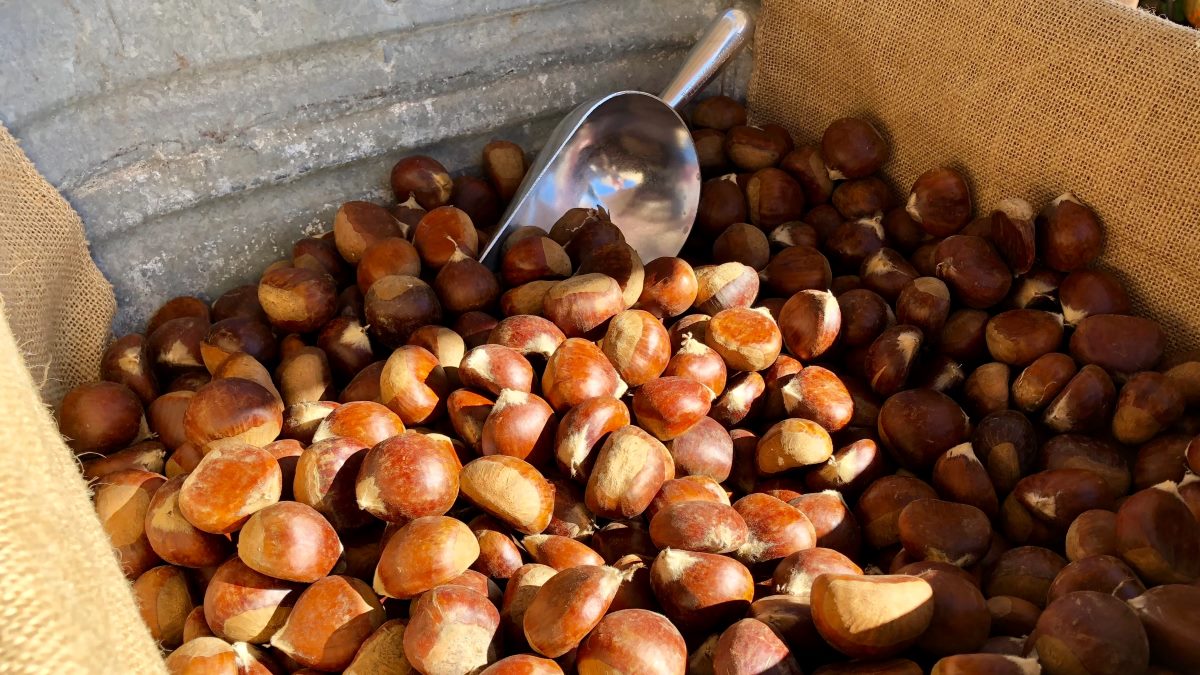

Articles
How To Store Fresh Chestnuts
Modified: March 23, 2024
Learn the best techniques for storing fresh chestnuts and keeping them fresh for longer in this informative article.
(Many of the links in this article redirect to a specific reviewed product. Your purchase of these products through affiliate links helps to generate commission for Storables.com, at no extra cost. Learn more)
Introduction
Welcome to the world of chestnuts! These delightful and nutritious nuts are a favorite during the fall and winter seasons. Whether you have harvested them from your own trees or purchased them from a local market, learning how to properly store fresh chestnuts is crucial to preserving their flavor and texture.
Chestnuts are unique among nuts as they have a high water content, which makes them prone to spoilage if not handled correctly. In this article, we will guide you through the process of storing fresh chestnuts to ensure they stay fresh and delicious for as long as possible.
But first, let’s talk about how to select the best chestnuts for storage. When choosing fresh chestnuts, look for ones that are firm and heavy for their size. Avoid any chestnuts that have mold, soft spots, or visible cracks. The shell should be shiny and intact. These signs indicate freshness and will contribute to the longevity of your stored chestnuts.
Key Takeaways:
- Properly storing fresh chestnuts is crucial for maintaining their flavor and texture. Choose firm, heavy chestnuts and store them in a cool, dry place to ensure longevity.
- Whether in the pantry, refrigerator, or freezer, each storage method offers unique benefits for preserving fresh chestnuts. Explore various cooking methods to enjoy their delightful taste and texture in a variety of dishes.
Read more: How To Store Cooked Chestnuts
Selecting Fresh Chestnuts
When it comes to selecting fresh chestnuts, it’s important to choose ones that are in prime condition. Here are some tips to help you select the best chestnuts:
- Look for chestnuts that are firm and heavy for their size. This indicates that they are fresh and filled with moisture.
- Avoid chestnuts that have mold, soft spots, or visible cracks on the shell. These are signs of spoilage and the chestnuts may not be suitable for storage.
- Check the shell for any holes or punctures. Chestnuts with holes may have been infested by insects or worms and should be avoided.
- Choose chestnuts with a shiny and intact shell. A dull or discolored shell may indicate that the chestnuts are old or have been stored for a long time.
- If possible, select chestnuts of similar size. This will ensure even cooking and roasting when you decide to use them.
Remember, the quality of the chestnuts you select will directly impact their shelf life and flavor. So, take your time to carefully inspect and choose the best chestnuts for storage.
Storing Chestnuts in the Pantry
If you plan to use your fresh chestnuts within a few weeks, storing them in the pantry is a great option. Here’s how you can store chestnuts in the pantry:
- Place the chestnuts in a breathable container like a mesh bag or a paper bag. Avoid using a plastic bag, as it can trap moisture and lead to mold.
- Store the chestnuts in a cool and dry place, away from direct sunlight and heat sources. Ideally, the temperature should be around 40 to 50°F (4 to 10°C) with humidity levels of 40-60%. A pantry or cellar can be suitable for this purpose.
- Check the chestnuts regularly for any signs of spoilage. Remove any nuts that have started to mold or have become soft. This will prevent the spoilage from spreading to the rest of the chestnuts.
- It is essential to provide good airflow to the chestnuts to prevent moisture buildup. Make sure the container or bag has small holes or slits to allow air circulation.
- Keep the chestnuts separate from other fruits and vegetables, as they release ethylene gas, which can accelerate the ripening of surrounding produce.
- Avoid storing chestnuts near strong-smelling foods, as they can absorb odors. Keep them away from onions, garlic, and other pungent ingredients.
With the right conditions and proper storage, chestnuts can last for up to 2-3 weeks in the pantry. However, keep in mind that the shelf life may vary depending on the freshness of the chestnuts when you first acquire them.
Now that you know how to store chestnuts in the pantry, let’s explore another storage option – refrigeration.
Refrigerating Chestnuts
If you want to extend the shelf life of your fresh chestnuts and keep them fresh for a longer period, refrigeration is a suitable option. Follow these steps to properly store chestnuts in the refrigerator:
- Before refrigerating, sort through the chestnuts and remove any that show signs of mold or damage. Only store the healthy ones.
- Wrap the chestnuts loosely in a slightly damp paper towel or place them in a perforated plastic bag. The moisture in the towel or bag will help to keep the chestnuts hydrated.
- Place the wrapped chestnuts in the vegetable crisper drawer or a moisture-controlled compartment in your refrigerator.
- Make sure the temperature in the refrigerator is set between 32 to 40°F (0 to 4°C). This range will maintain the freshness of the chestnuts without freezing them.
- Keep the chestnuts away from strong-smelling foods, as they can absorb odors easily. It is best to store them in a separate compartment or drawer.
- Check the chestnuts every week and remove any that have started to spoil. Use or discard them to prevent the spread of mold or rot.
- When you’re ready to use the refrigerated chestnuts, allow them to come to room temperature before cooking or roasting.
By refrigerating your chestnuts, you can extend their shelf life for up to 4-6 weeks. This method works well if you want to enjoy fresh chestnuts over an extended period.
Now that you know how to store chestnuts in the refrigerator, let’s explore another popular storage method – freezing.
Store fresh chestnuts in a breathable bag or container in the refrigerator. Make sure to use them within 1-2 weeks for the best flavor and texture.
Freezing Chestnuts
If you have an abundance of fresh chestnuts and want to preserve them for a longer duration, freezing is an excellent option. Here’s how you can freeze chestnuts:
- Start by removing the outer shell of the chestnuts. Use a sharp knife to make a small incision on the flat side of each chestnut.
- Place the chestnuts in a pot of boiling water and blanch them for 3-4 minutes. Blanching helps to loosen the inner skin, making it easier to remove after freezing.
- Remove the blanched chestnuts from the hot water and transfer them to a bowl of ice water. This will stop the cooking process and cool them down quickly.
- Once cooled, carefully remove the inner skin by peeling it away from each chestnut. This step is necessary to prevent the chestnuts from becoming tough and unpleasant after freezing.
- Pat the chestnuts dry with a clean towel to remove any excess moisture.
- Now, you have two choices for freezing: you can either freeze the chestnuts whole or chop them into small pieces. Choose the option that suits your cooking preferences.
- If freezing whole, place the chestnuts in a freezer-safe bag or airtight container. Label it with the date and contents.
- If chopping, spread the chestnut pieces in a single layer on a baking sheet and place it in the freezer until they are firm. Then transfer the frozen pieces to a freezer-safe bag or container.
- Make sure to remove as much air as possible from the bag or container before sealing it tightly.
- Store the frozen chestnuts in the freezer at a temperature below 0°F (-18°C) for the best results.
Frozen chestnuts can maintain their quality for up to 6-12 months. When you’re ready to use them, thaw them in the refrigerator overnight or use them directly in cooked dishes without thawing.
Freezing chestnuts is a convenient way to preserve their flavor and texture, allowing you to enjoy them throughout the year.
Now that you know how to freeze chestnuts, let’s move on to the process of roasting and peeling them.
Read more: How To Store Water Chestnuts
Roasting and Peeling Chestnuts
Roasting chestnuts is a popular method of preparation, as it enhances their flavor and brings out their natural sweetness. Follow these steps to roast and peel chestnuts:
- Start by preheating your oven to 425°F (220°C).
- Using a small, sharp knife, make a small incision on the flat side of each chestnut. This will prevent them from bursting during the roasting process.
- Place the chestnuts on a baking sheet in a single layer, making sure they are not touching each other.
- Roast the chestnuts in the preheated oven for about 20-25 minutes, or until the shells split open and the flesh is tender.
- Once roasted, remove the chestnuts from the oven and let them cool for a few minutes until they are comfortable to handle.
- To peel the chestnuts, carefully remove the outer shell first. Then, using your fingers or a small knife, peel away the inner skin or husk. The skin might stick to the flesh, so be patient and gentle while peeling.
- Continue peeling until all the chestnuts are free from their shells and skins. As you peel, you might encounter some chestnuts that are not fully cooked or have an off taste. Discard these and focus on the ones that have roasted properly.
- Once peeled, the chestnuts are ready to be used in various dishes or enjoyed as a snack.
Roasted chestnuts can be eaten on their own, added to salads, soups, stuffings, or used in desserts like chestnut puree or marron glace. Their sweet and nutty flavor adds a delightful touch to any recipe.
Now that you know how to roast and peel chestnuts, let’s explore the culinary possibilities of cooking with fresh chestnuts.
Cooking with Fresh Chestnuts
Fresh chestnuts offer a versatile and delicious ingredient that can elevate your culinary creations. Here are some ways to use fresh chestnuts in your cooking:
- Boiling: Boiling is a simple and effective method to cook chestnuts. Start by making a small incision on the flat side of each chestnut and then boil them in a pot of water for about 15-20 minutes until they are tender. Once cooked, you can use them in salads, stir-fries, or mash them into a creamy puree.
- Steaming: Steaming is another great way to cook chestnuts while preserving their natural flavor and texture. Place the chestnuts on a steamer basket and steam them for about 20-30 minutes until they are soft and easy to peel. Steamed chestnuts can be enjoyed on their own or added to savory dishes like risottos, stews, or roasted vegetable medleys.
- Roasting: We covered the process of roasting and peeling chestnuts earlier. Roasted chestnuts have a smoky and slightly sweet taste, making them an ideal snack or addition to both sweet and savory dishes. You can use them in stuffings, pasta dishes, or even incorporate them into baked goods like breads, cakes, and cookies.
- Pureeing: Fresh chestnuts can be transformed into a creamy puree, which serves as a delightful base for soups, sauces, and desserts. After boiling or roasting the chestnuts, remove the skins and blend them in a food processor or blender until smooth. The chestnut puree can be used in savory dishes like chestnut soup or incorporated into sweet treats such as chestnut mousse or cheesecake.
- Stuffing: Chestnuts can take your stuffing recipes to a whole new level of flavor. Whether you’re stuffing a turkey, chicken, or a vegetarian alternative, adding chopped or pureed chestnuts to the mix creates a delightful texture and nutty taste that pairs well with various herbs and spices.
Explore your creativity in the kitchen and experiment with different recipes that incorporate fresh chestnuts. Their unique flavor and texture will add a delightful touch to your dishes, impressing your family and friends.
Now that you’re familiar with how to cook with fresh chestnuts, let’s wrap things up.
Conclusion
Storing fresh chestnuts properly is essential to maintain their flavor, texture, and overall quality. Whether you choose to store them in the pantry, refrigerator, or freezer, each method offers its own advantages in terms of shelf life and convenience.
When selecting fresh chestnuts, choose ones that are firm, heavy, and free from mold, cracks, or soft spots. This ensures that you start with the best quality nuts for storage.
In the pantry, store chestnuts in a breathable container, away from direct sunlight and heat sources. Keep an eye on them and remove any that show signs of spoilage to prevent it from spreading.
If you want to extend the shelf life of your chestnuts, refrigerate them. Make sure to wrap them in a slightly damp paper towel or store them in a perforated plastic bag to maintain their moisture levels.
Freezing chestnuts is an excellent option if you have a surplus or want to enjoy fresh chestnuts throughout the year. Remember to blanch, peel, and package them properly before freezing to preserve their taste and texture.
Roasting chestnuts brings out their natural sweetness and makes them a delightful snack or addition to various dishes. Peeling them after roasting can be a bit challenging, but the effort is worthwhile.
Lastly, fresh chestnuts can be cooked in a variety of ways, including boiling, steaming, roasting, pureeing, and using them in stuffings. Incorporate them into both savory and sweet recipes to add a unique and nutty flavor.
By following these guidelines and exploring the culinary possibilities of fresh chestnuts, you can enjoy their delightful taste and texture in numerous dishes. So go ahead, store them properly, and let your creativity flourish in the kitchen!
Note: While we strive to provide accurate and up-to-date information, it’s important to note that the shelf life and storage recommendations may vary depending on the quality, freshness, and environmental conditions. Always use your judgment and discretion when storing fresh chestnuts.
Frequently Asked Questions about How To Store Fresh Chestnuts
Was this page helpful?
At Storables.com, we guarantee accurate and reliable information. Our content, validated by Expert Board Contributors, is crafted following stringent Editorial Policies. We're committed to providing you with well-researched, expert-backed insights for all your informational needs.
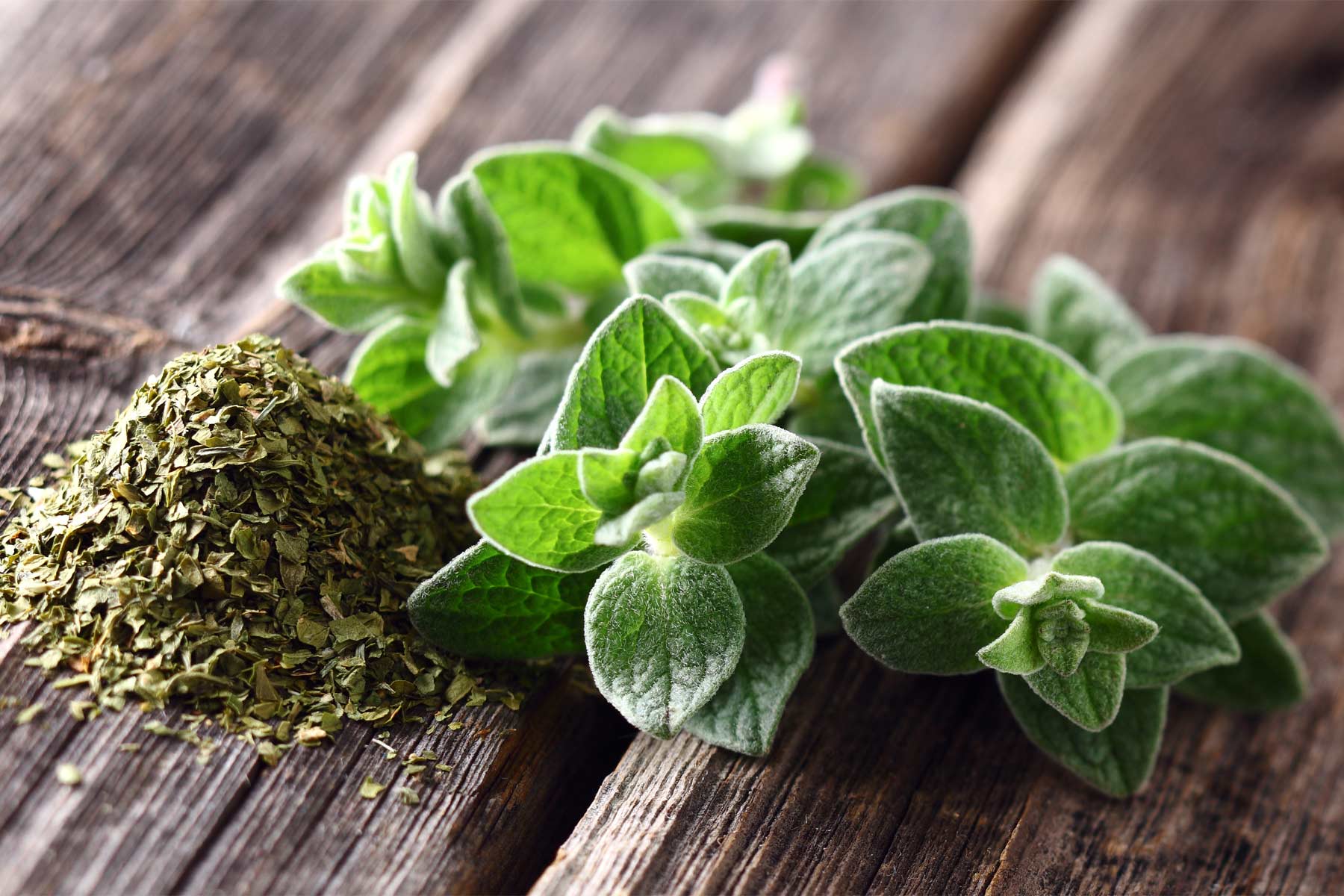
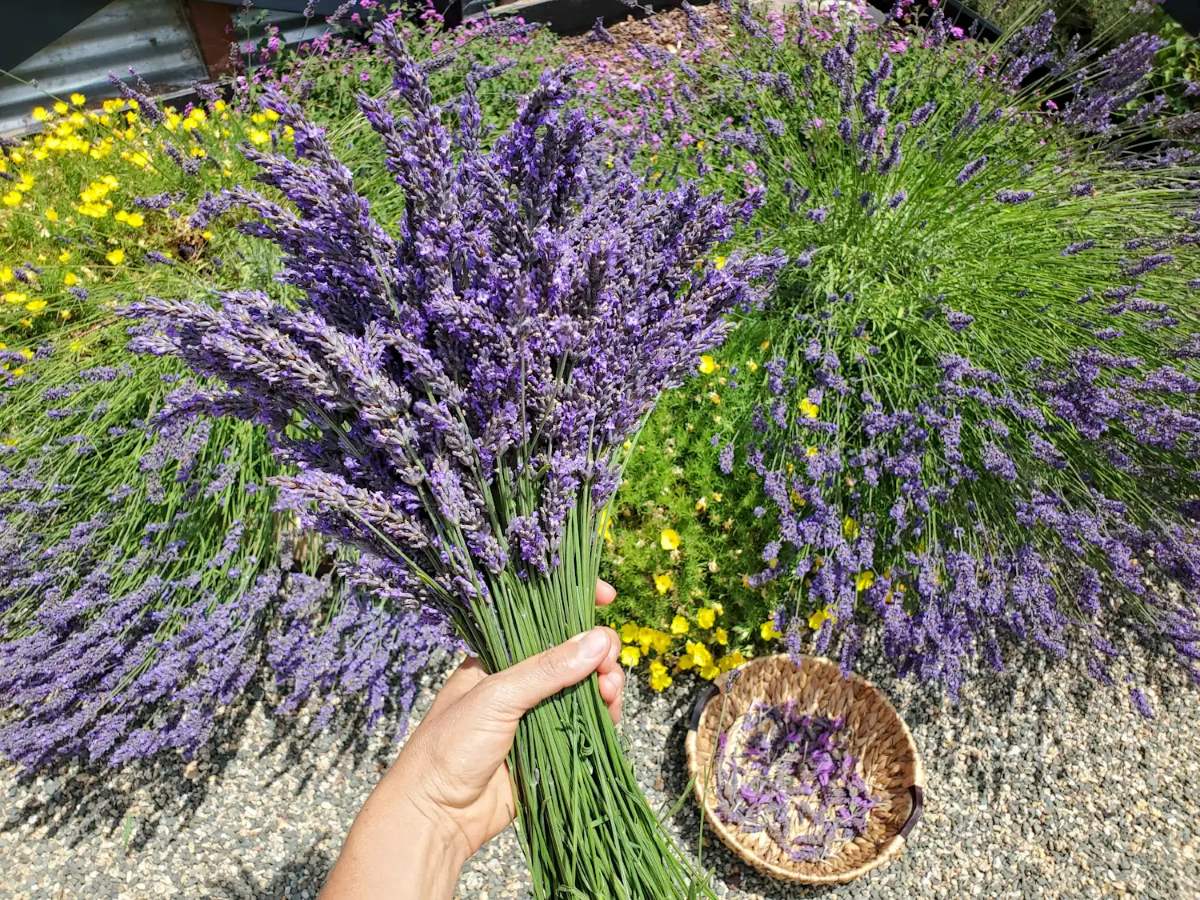
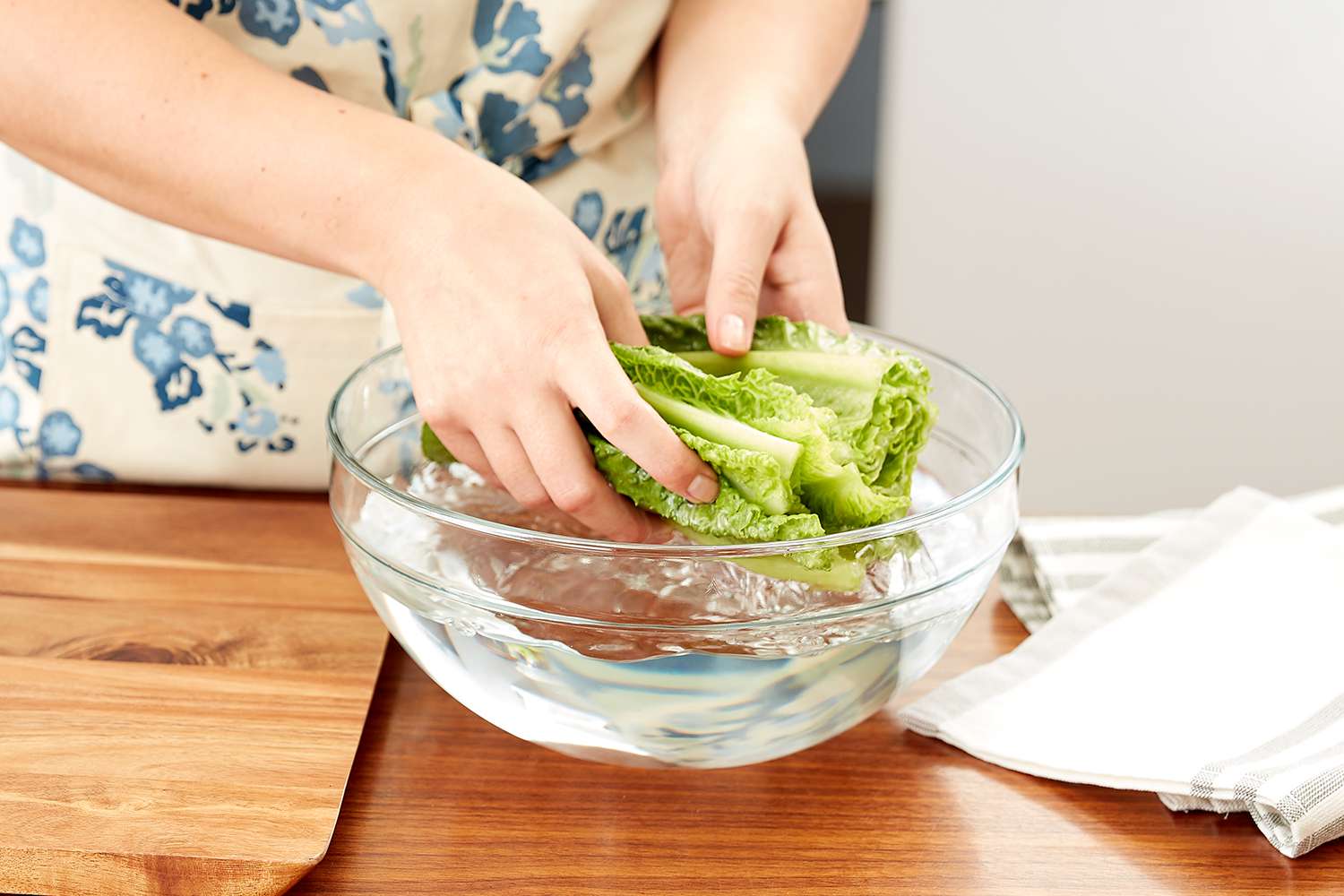
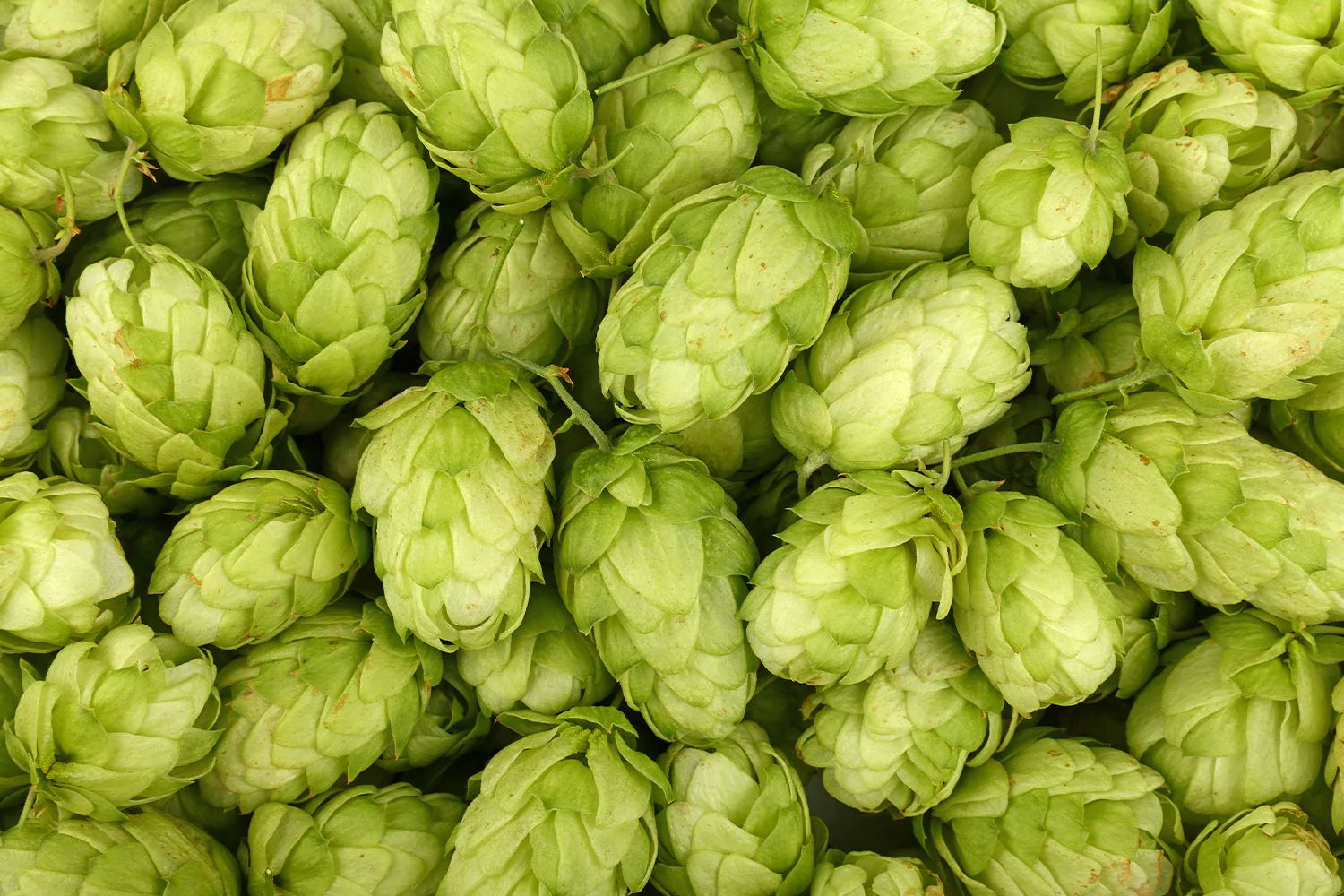
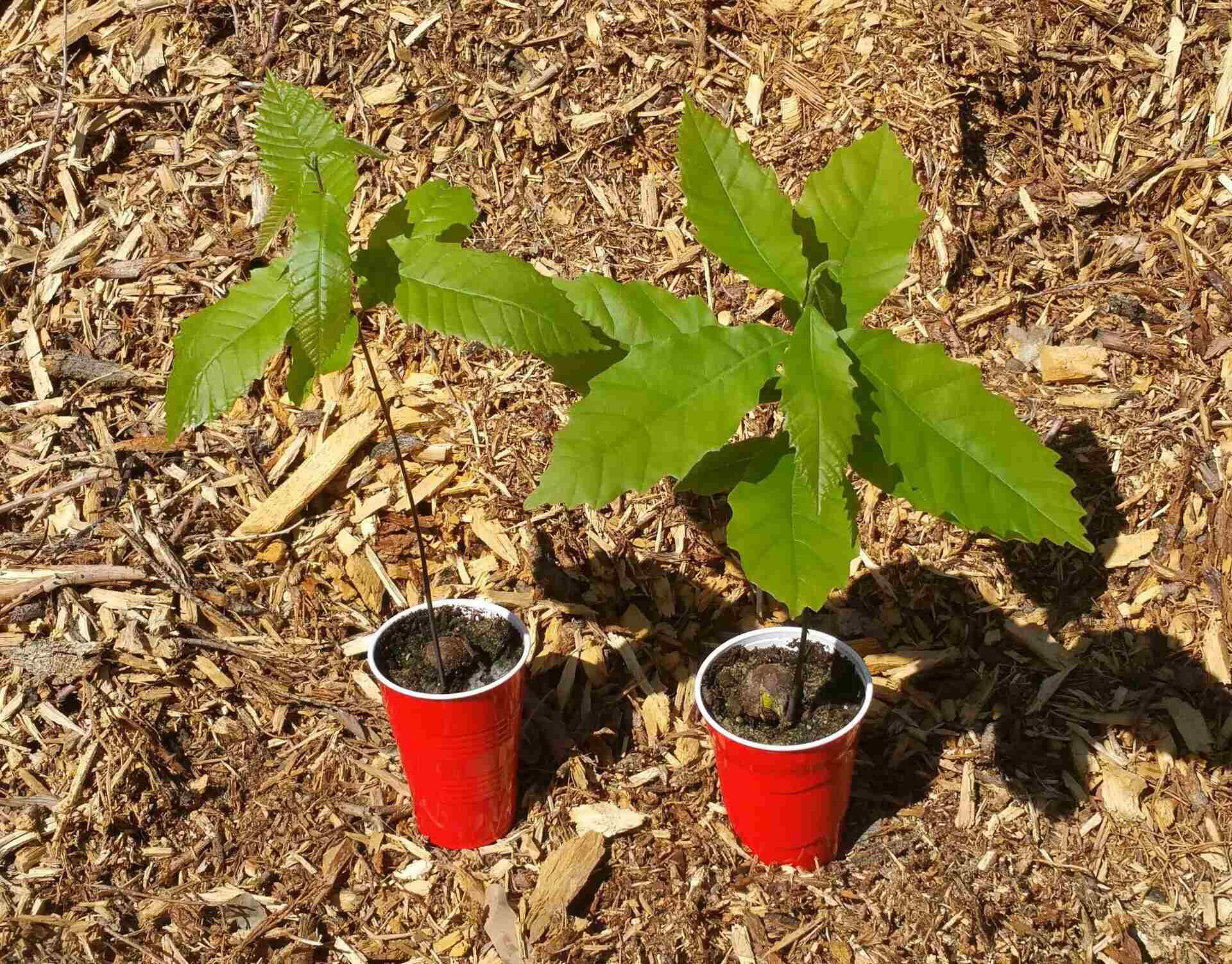
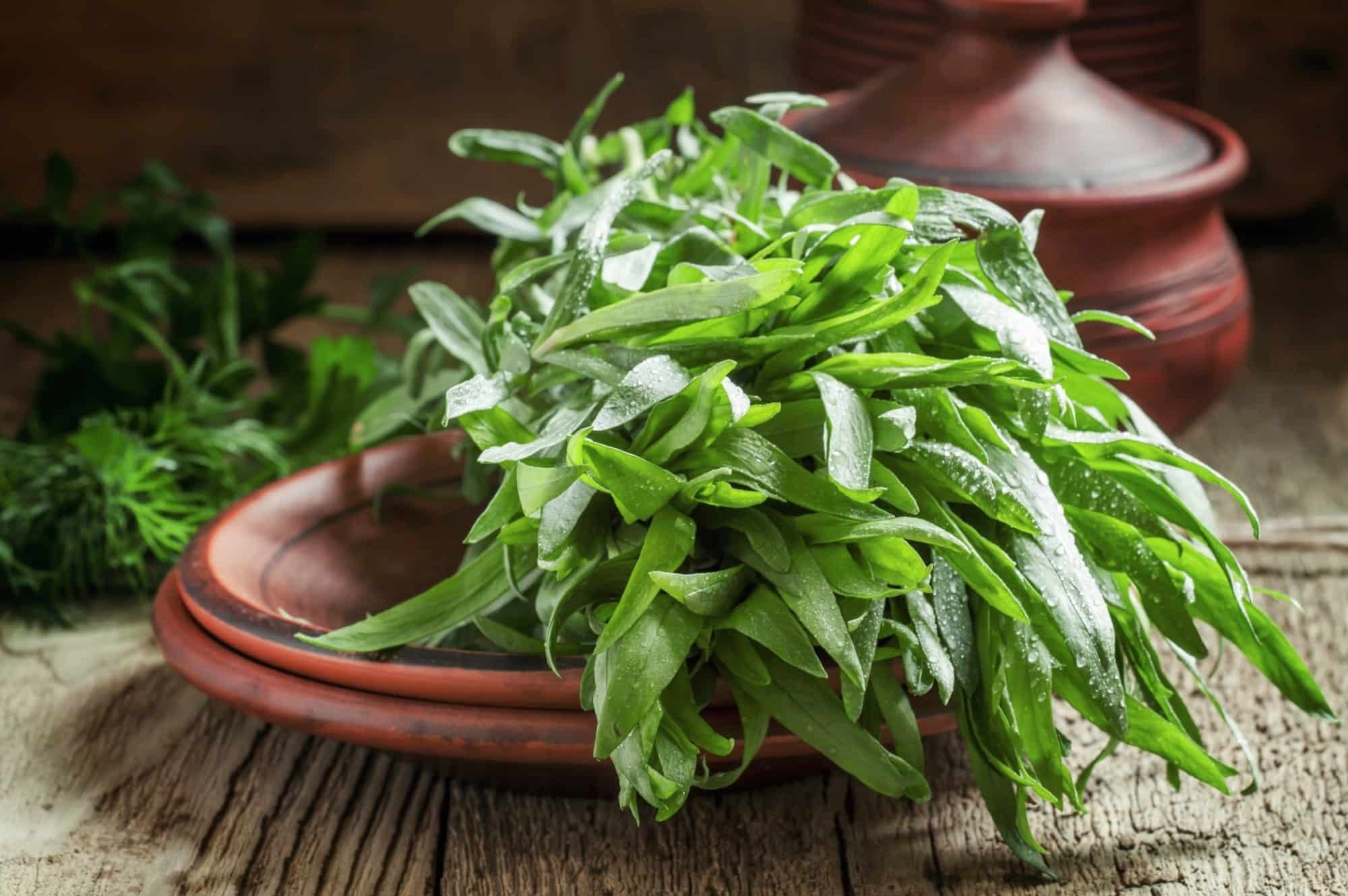
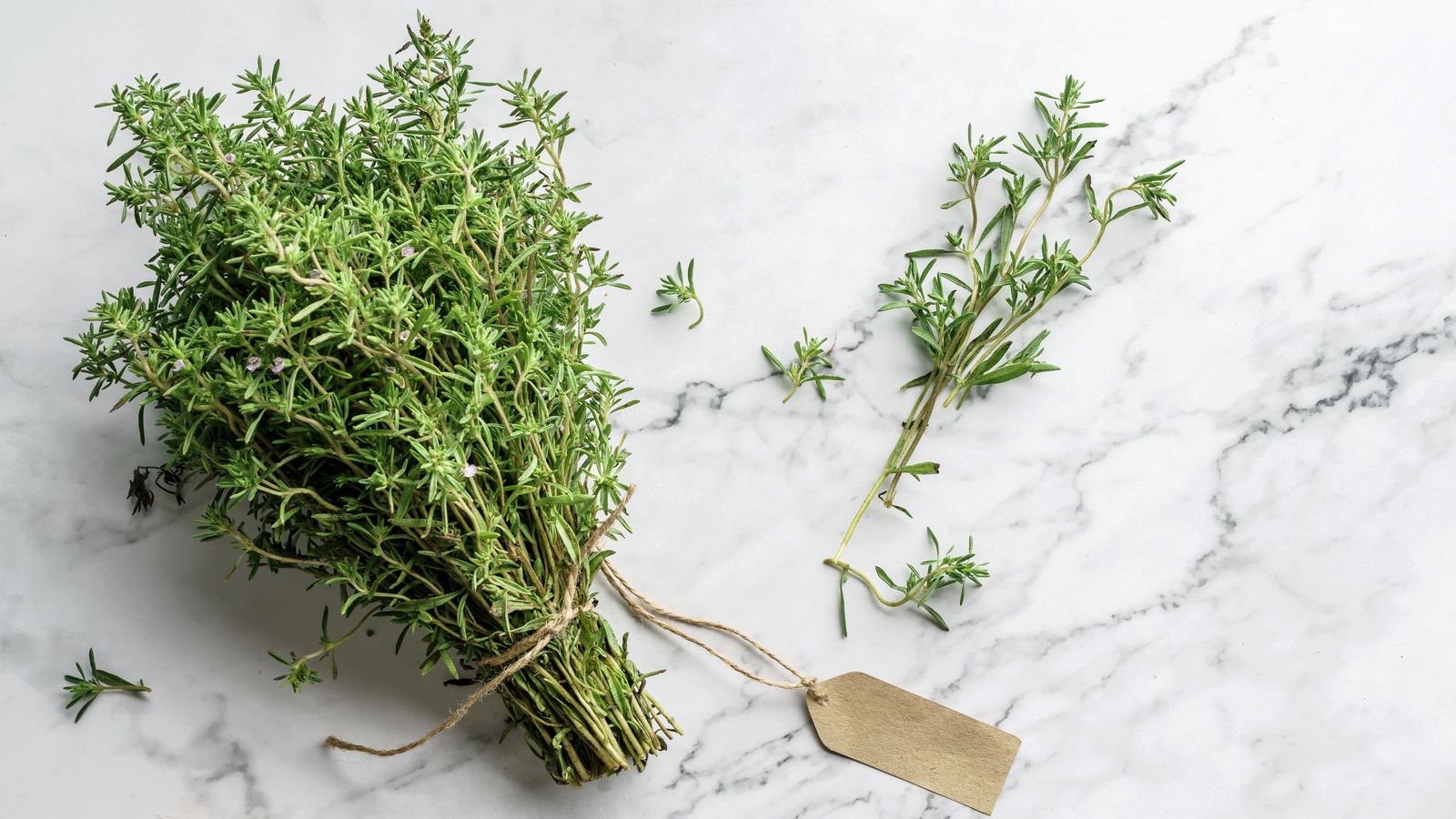
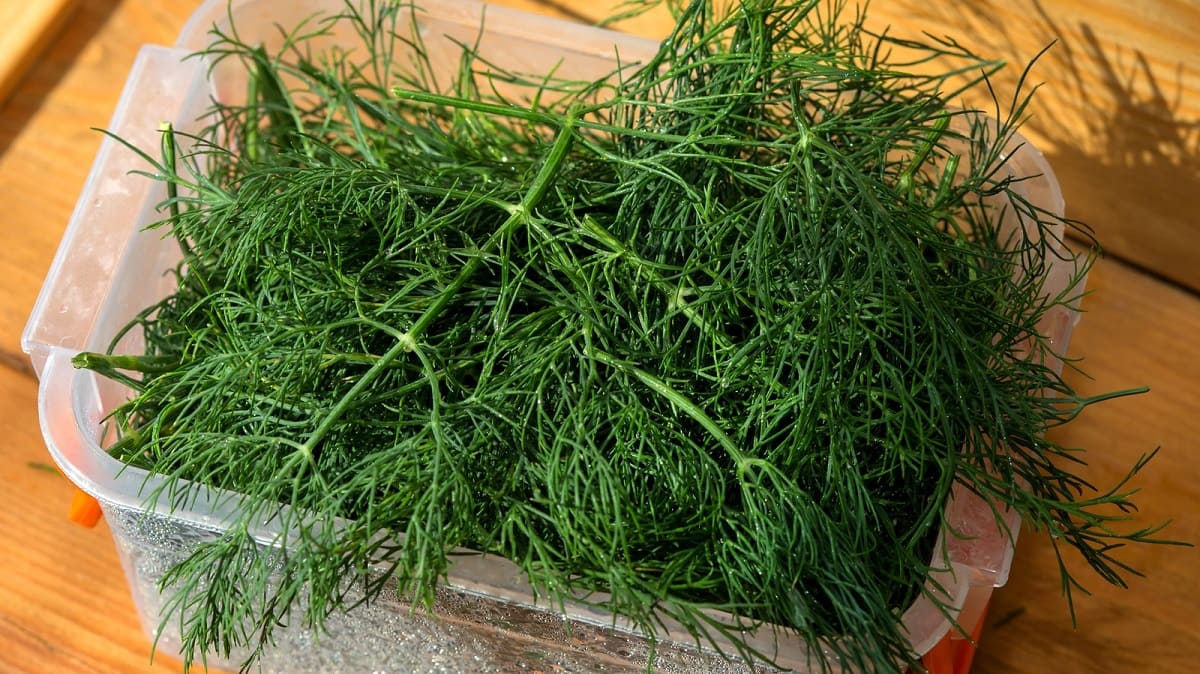
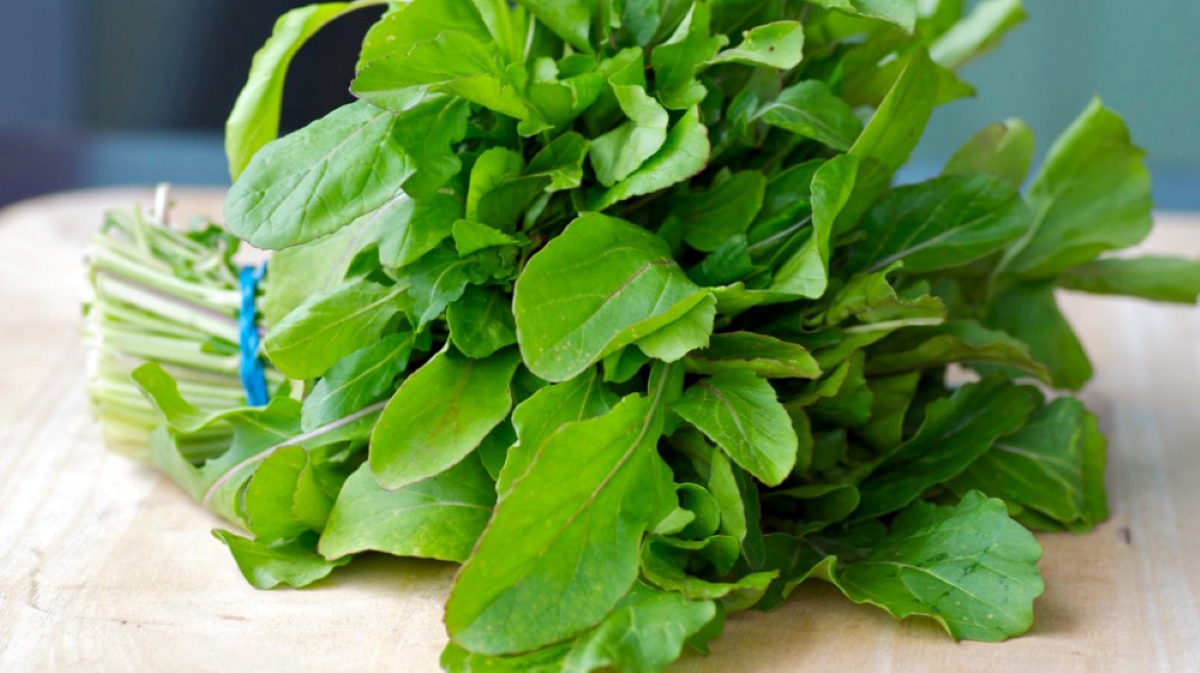
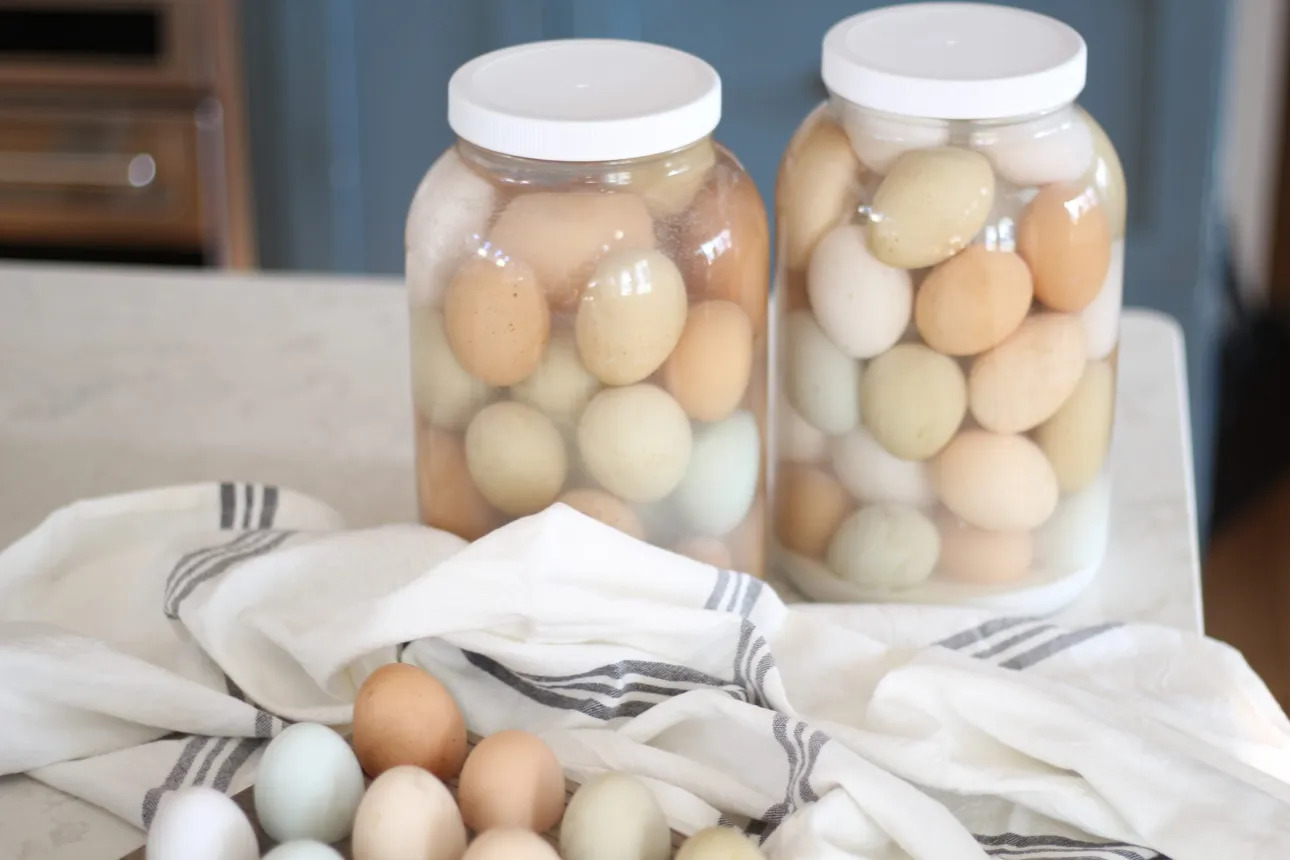
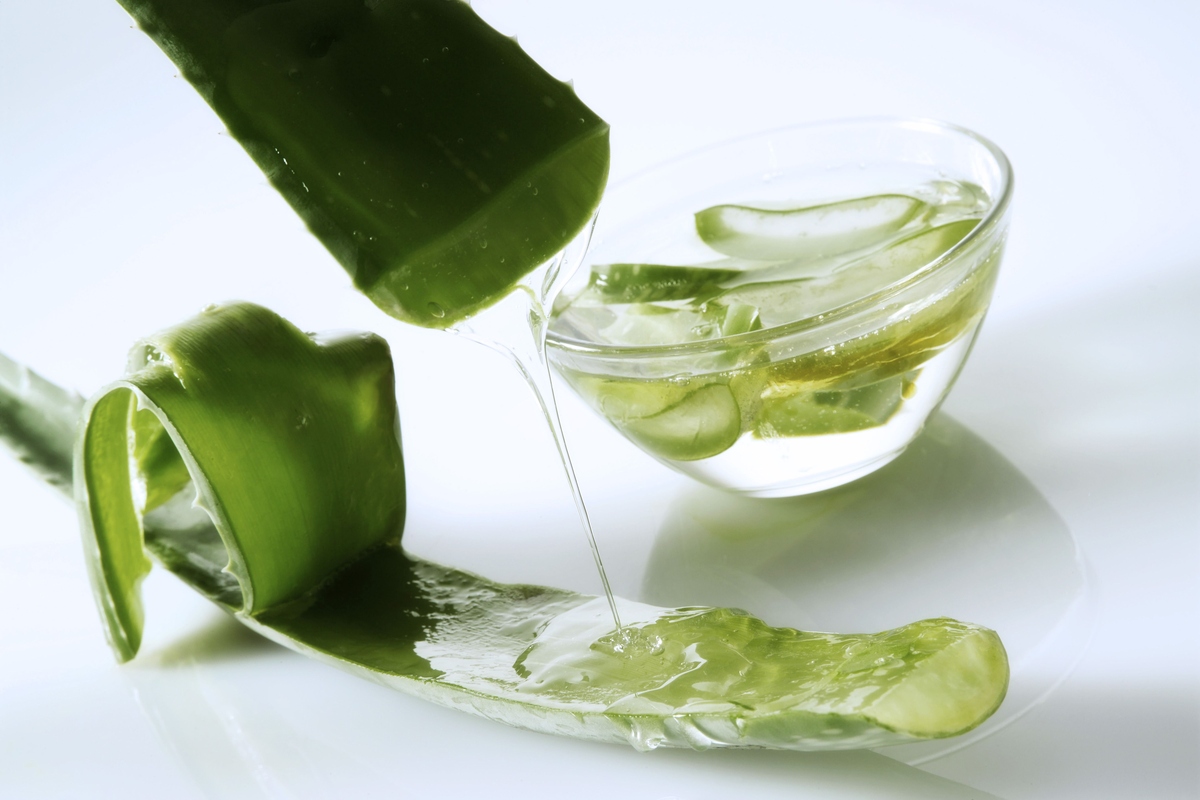
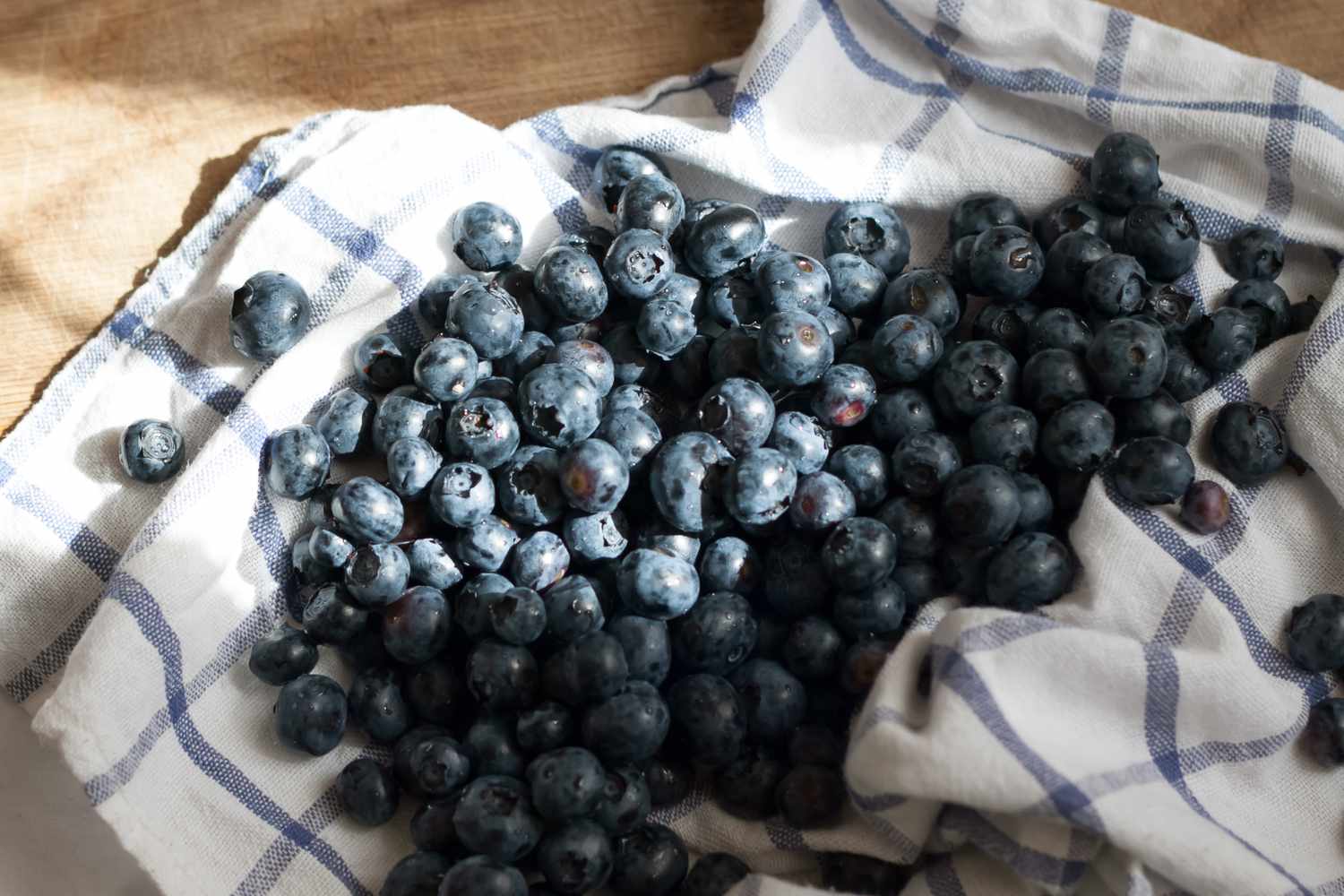
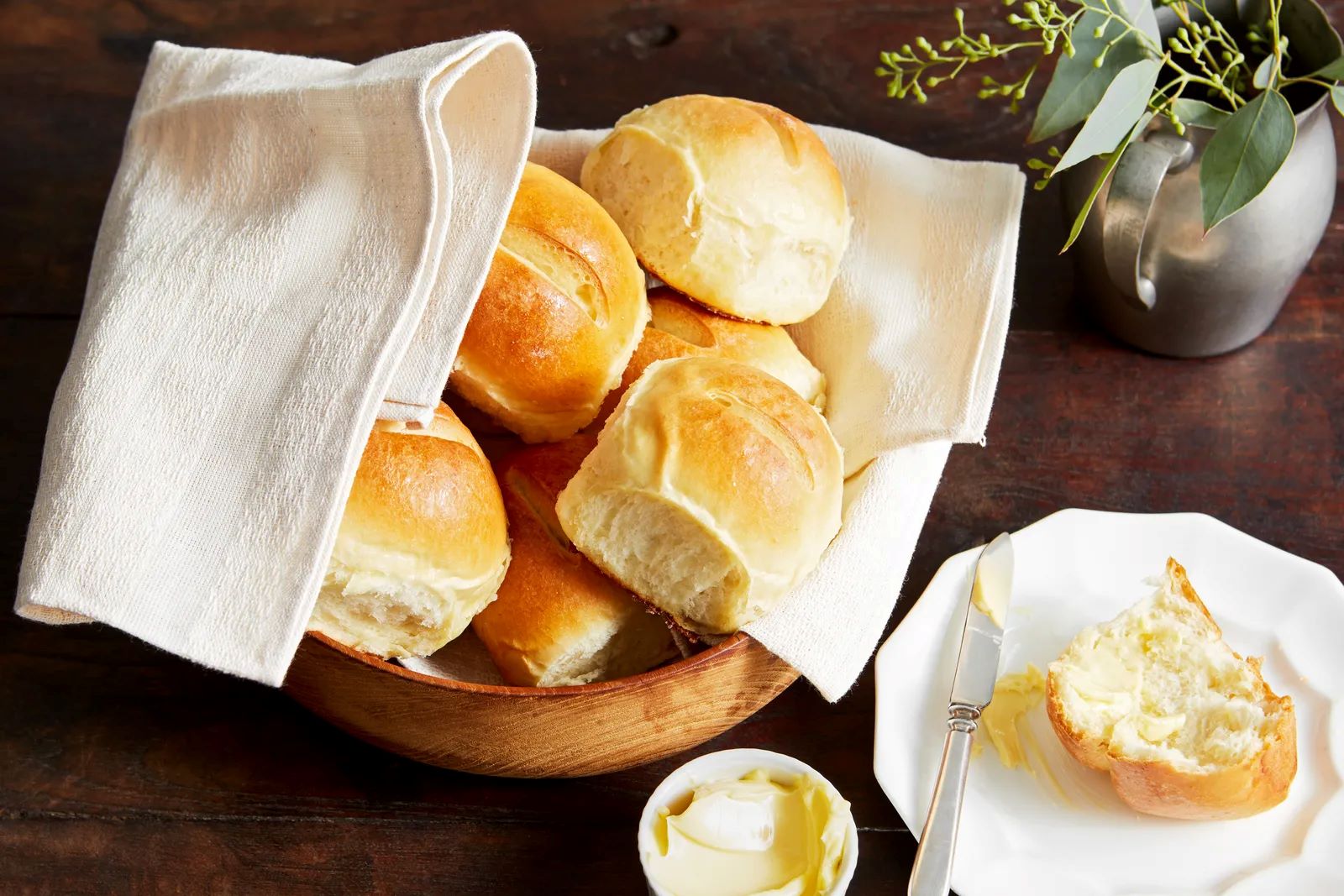
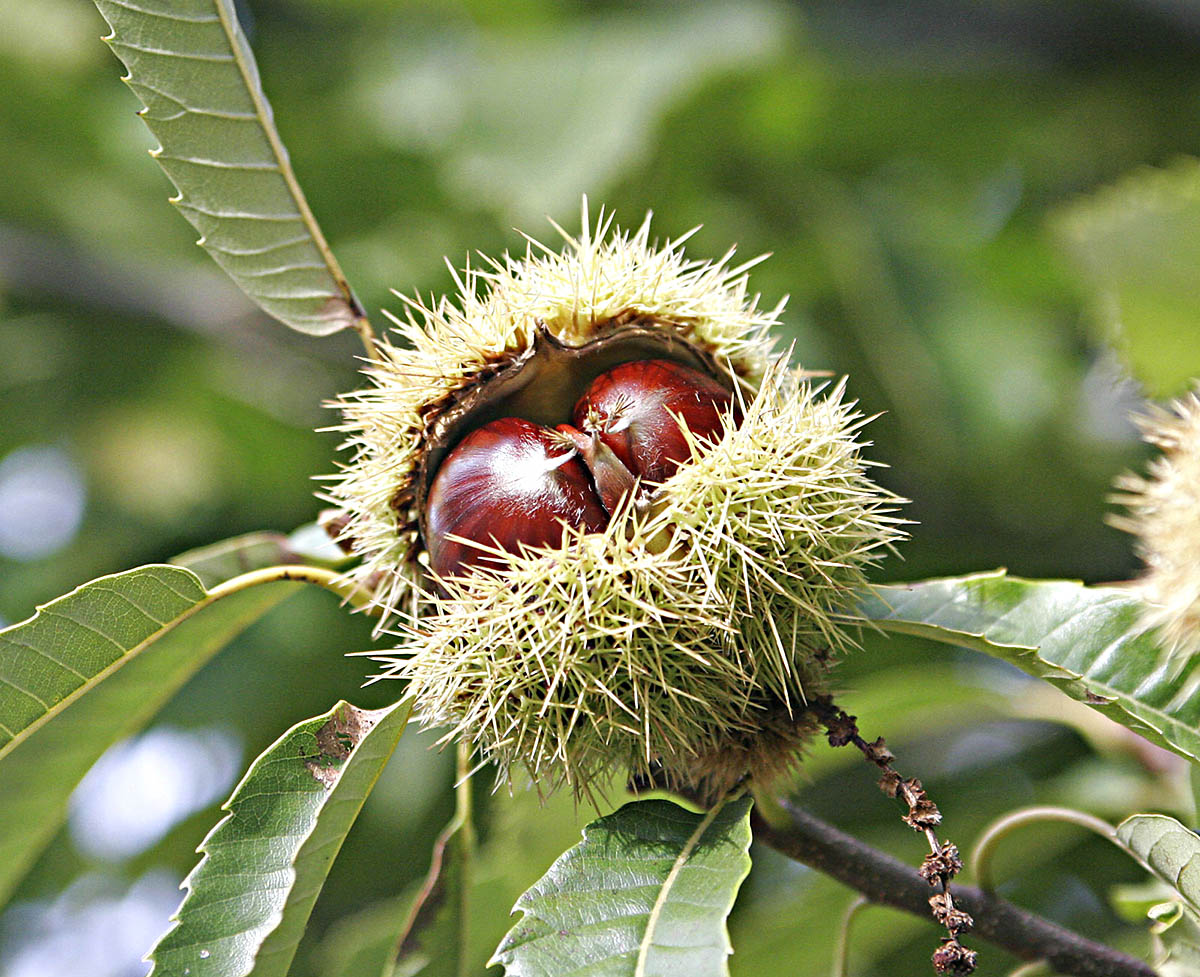

0 thoughts on “How To Store Fresh Chestnuts”